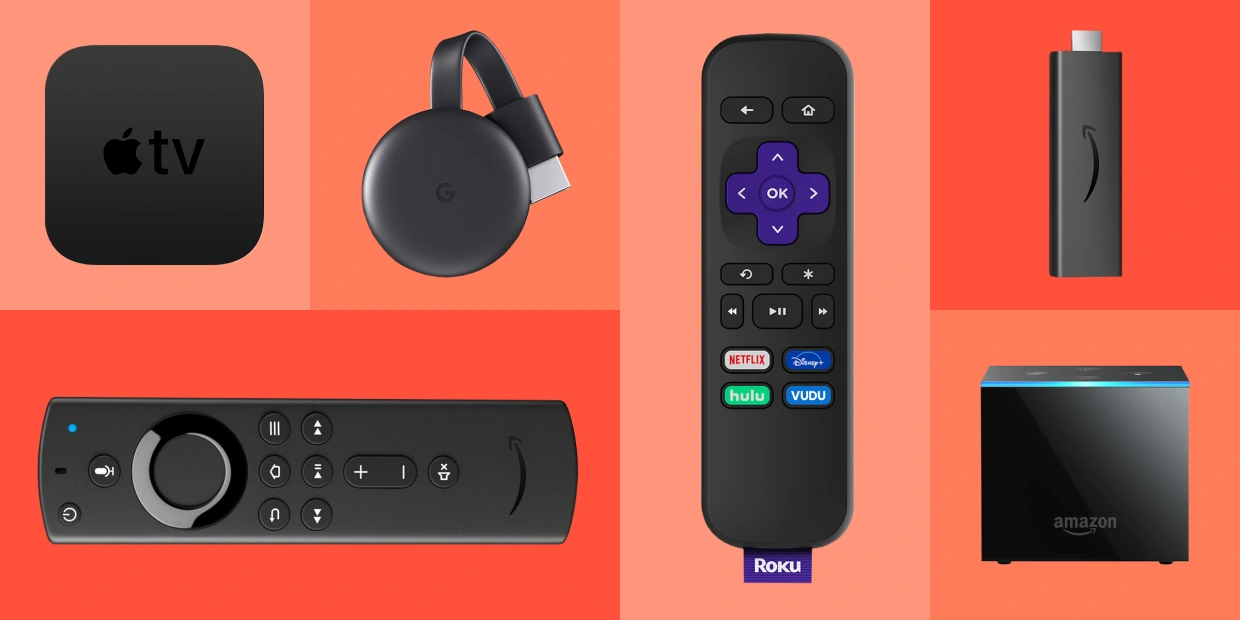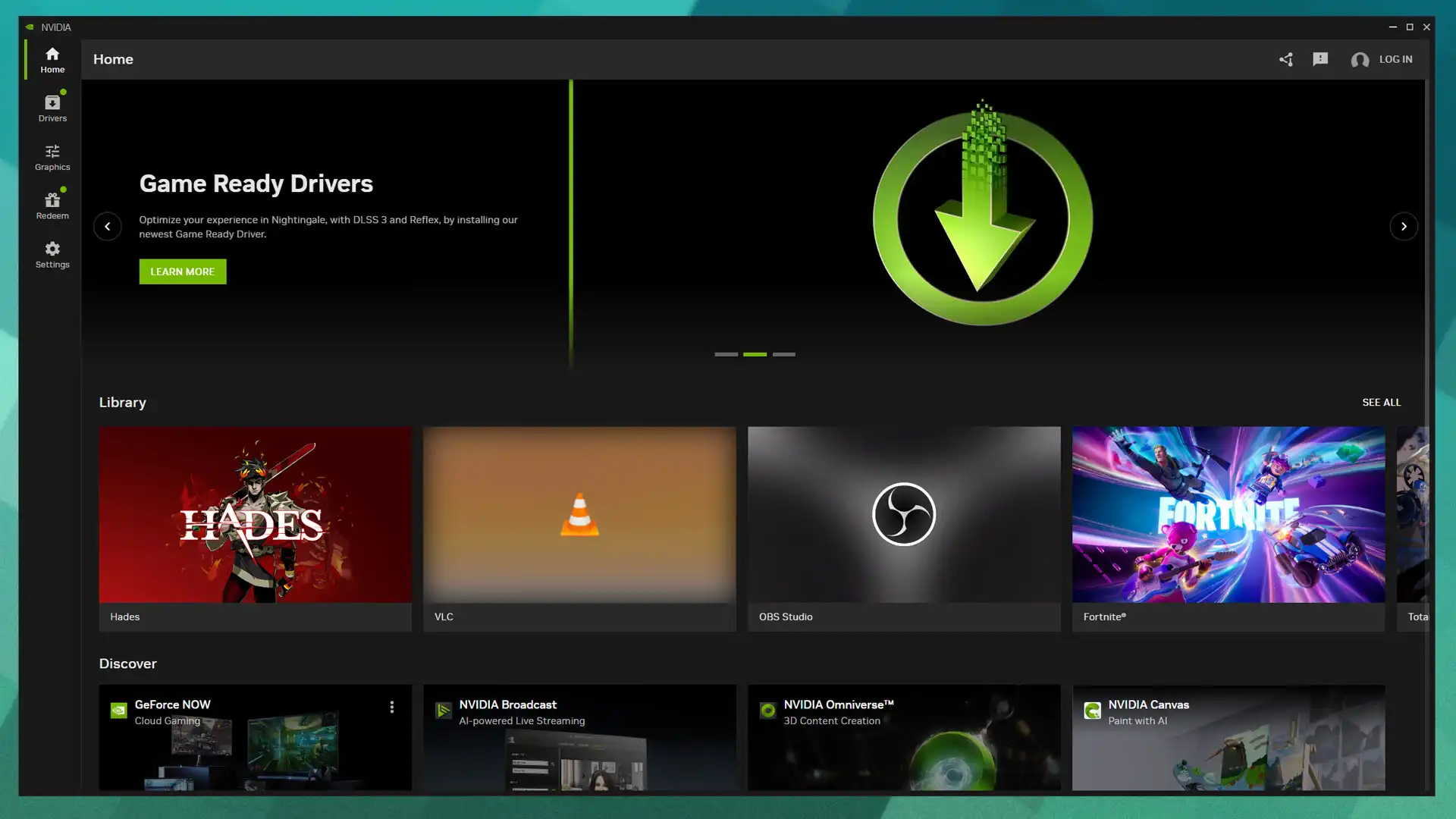
Streaming devices have become an integral part of our entertainment landscape, offering convenient access to platforms like Netflix, Hulu, and others. However, it’s crucial to be aware that devices such as Apple, Roku, Google Chromecast, and Amazon Fire TV may silently track your viewing habits. Despite their impressive features, these devices collect data to enhance product and service offerings, tailoring recommendations and ads. In this article, we delve into the privacy settings of the latest software on streaming devices, providing insights into how you can take control of your privacy.
When it comes to the Amazon Fire TV Stick, users can limit data collection by navigating to Settings, Preferences, and Privacy Settings. Here, you can disable Device Usage Data, Collect App Usage Data, and Interest-based Ads. These adjustments ensure that your Fire TV Stick doesn’t track your data for marketing purposes or provide targeted advertising.
Google Chromecast with Google TV maintains a unified privacy policy across its products, detailing data collection for personalized ads and content recommendations. Users can control data on Chromecast by accessing settings for Location, Usage and Diagnostics, and Ads. By turning off Usage and Diagnostics and opting out of Ads Personalization, you can maintain greater control over your data.
Roku, with its extensive privacy policy, collects various data, including search history, channel access, and interactions with content and ads. To limit tracking, users can go to Settings, Privacy, and check the box for Limit ad tracking. This prevents personalized ads and sharing viewing data from streaming channels, providing a level of privacy control.
Apple TV, known for its commitment to user privacy, collects information related to Apple ID for seamless continuity across devices. Users can modify privacy settings by navigating to the Privacy menu in Settings. Enabling “Allow Apps to Ask to Track” and turning off options like “Share Apple TV Analytics” and “Improve Siri and Dictation” provides users with additional control over data tracking.




